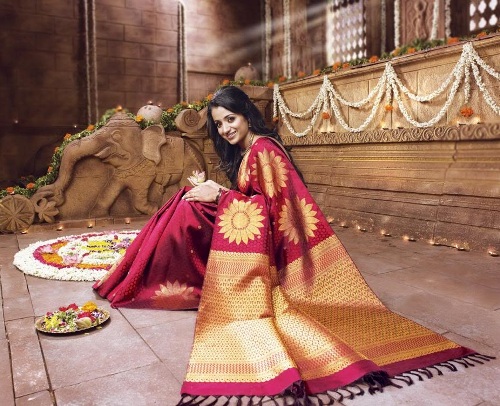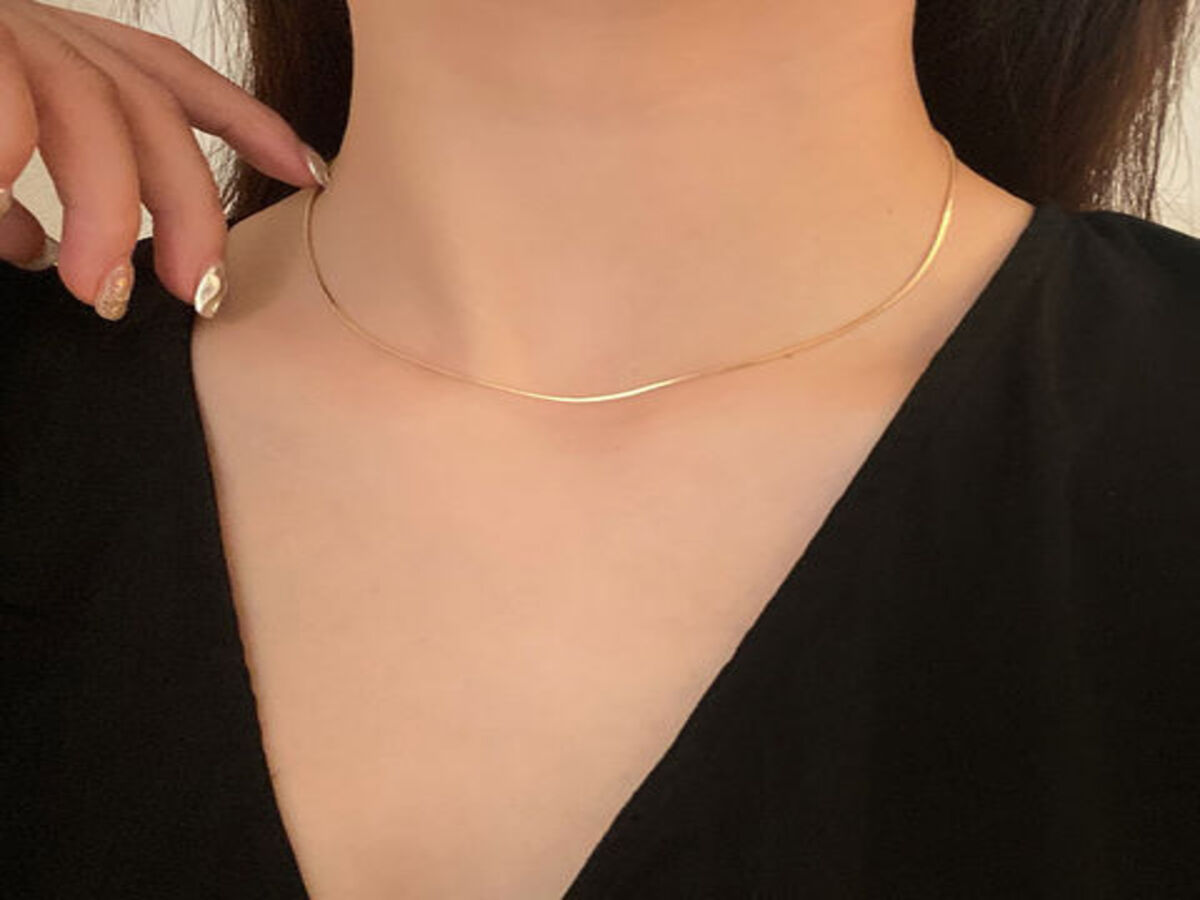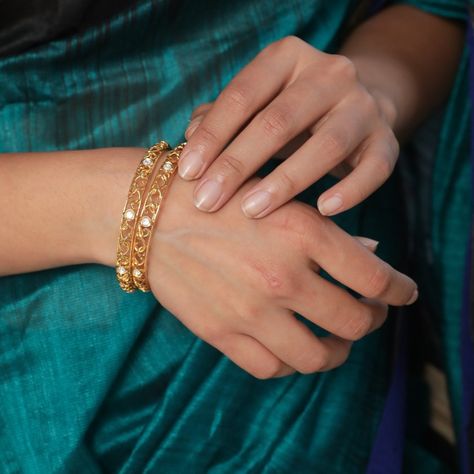The saree, a traditional Indian garment, is more than just a piece of cloth. It is a symbol of grace, tradition, and timeless beauty that has been an integral part of Indian culture for centuries. The saree holds immense cultural significance, representing the diversity and rich heritage of the country. Beyond being a mere attire, the saree embodies a deep sense of identity, reflecting the traditions, values, and artistic expressions of different regions across India.
Historical Significance:
The history of the saree dates back to ancient times, with references found in various scriptures and sculptures. The earliest depictions of the saree can be traced to the Indus Valley Civilization, showcasing the enduring nature of this traditional attire. Over the centuries, the saree has evolved in terms of style, fabric, and draping techniques, adapting to changing fashion trends while maintaining its cultural essence.
Cultural Diversity:
One of the most remarkable aspects of the saree is its ability to transcend regional boundaries and cater to the diverse cultures within India. Each state boasts its unique weaving styles, patterns, and embroidery techniques, resulting in an exquisite array of sarees. From the vibrant Banarasi silk sarees of Uttar Pradesh to the intricate Kanjeevaram silk sarees of Tamil Nadu, the diversity of sarees reflects the rich tapestry of Indian culture. You can explore a vast array of sarees online, offering a convenient and diverse shopping experience right at your fingertips.
Symbol of Tradition and Rituals:
The saree plays a pivotal role in various traditional ceremonies and rituals in India. It is an essential garment for weddings, symbolizing purity, grace, and the union of two individuals. Different regions have their own variations of bridal sarees, each carrying specific cultural and religious significance. The red and white Bengali saree worn by Bengali brides, for instance, represents marital bliss and fertility, while the vibrant red Kanjeevaram saree in South India symbolizes prosperity and fertility.
Expression of Artistic Mastery:
The artistry involved in creating a saree is unparalleled. Skilled weavers and artisans invest countless hours in handcrafting sarees, showcasing their mastery in intricate designs and weaving techniques. From the delicate zari work to the elaborate hand-embroidery, each saree is a masterpiece that reflects the artistic prowess passed down through generations. The saree is not just a piece of clothing; it is a canvas that carries the soul of the weaver and the cultural heritage of the region.
Empowerment and Identity:
In contemporary India, the saree has become more than a traditional outfit; it has become a symbol of empowerment and identity. Women across the country proudly don the saree not only during traditional occasions but also in professional settings. The six yards of elegance exude confidence and poise, making it a choice for women to express their individuality while staying connected to their roots. The saree has transcended the boundaries of age, social status, and profession, becoming a versatile garment that adapts to various roles and occasions.
Preservation of Heritage:
The saree plays a crucial role in preserving and promoting India’s cultural heritage. Government initiatives, fashion shows, and cultural events celebrate the diversity of sarees, encouraging the younger generation to appreciate and embrace their roots. The revival of traditional weaving techniques and the promotion of handloom sarees contribute to the sustainability of this age-old craft, ensuring that the cultural significance of the saree endures for generations to come.
Conclusion:
The saree is more than a piece of clothing; soft banarasi silk saree it is a cultural legacy that continues to weave stories of tradition, craftsmanship, and identity. In a rapidly changing world, the saree stands as a symbol of resilience, adapting to modern trends while staying rooted in the rich tapestry of Indian culture. Discovering the importance of the saree in Indian culture unveils a journey through time, tradition, and the enduring beauty of this iconic garment.












